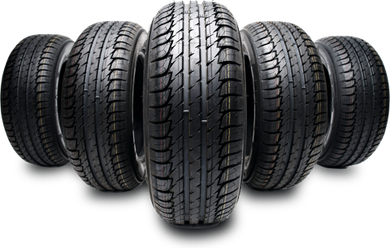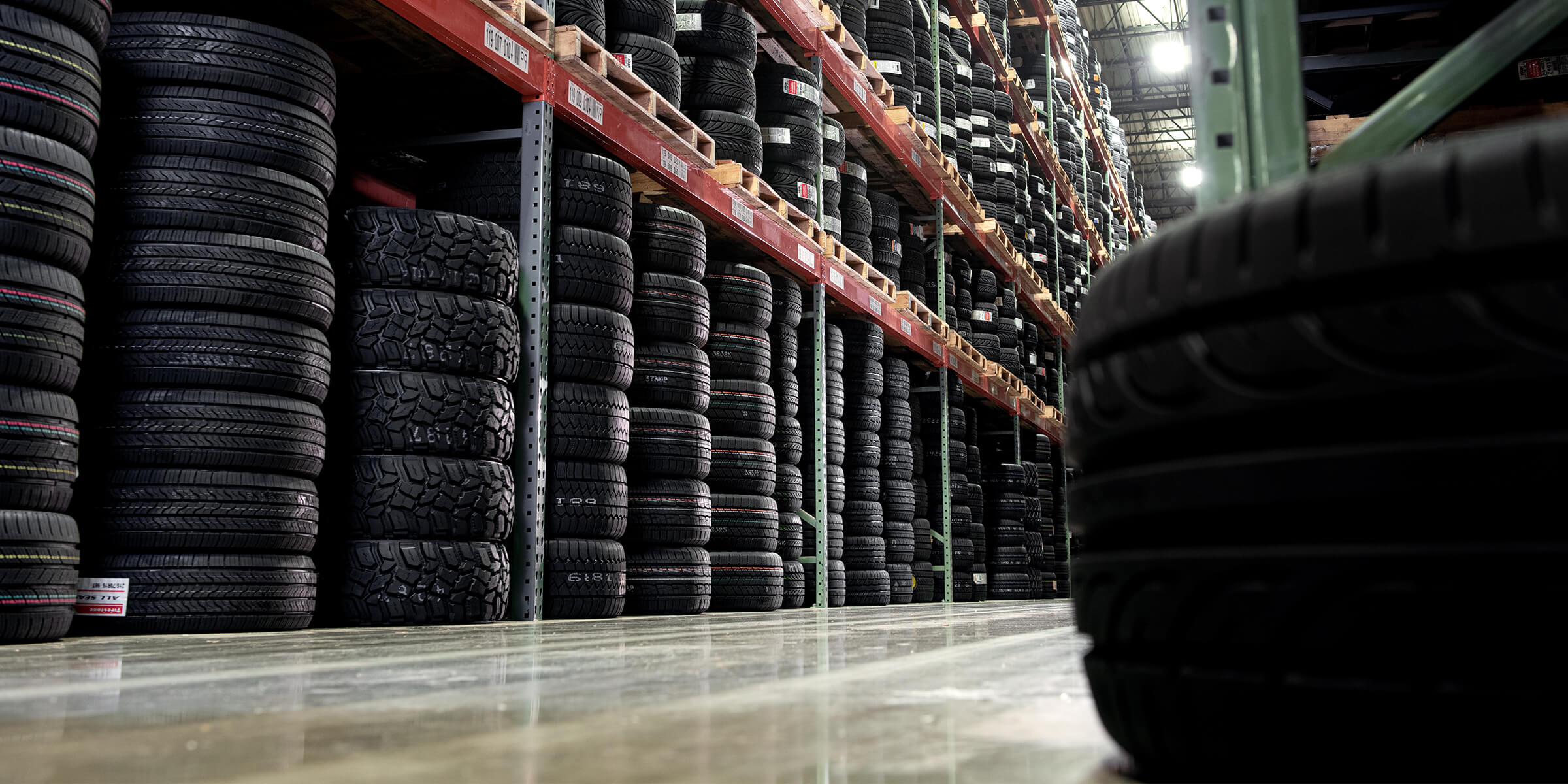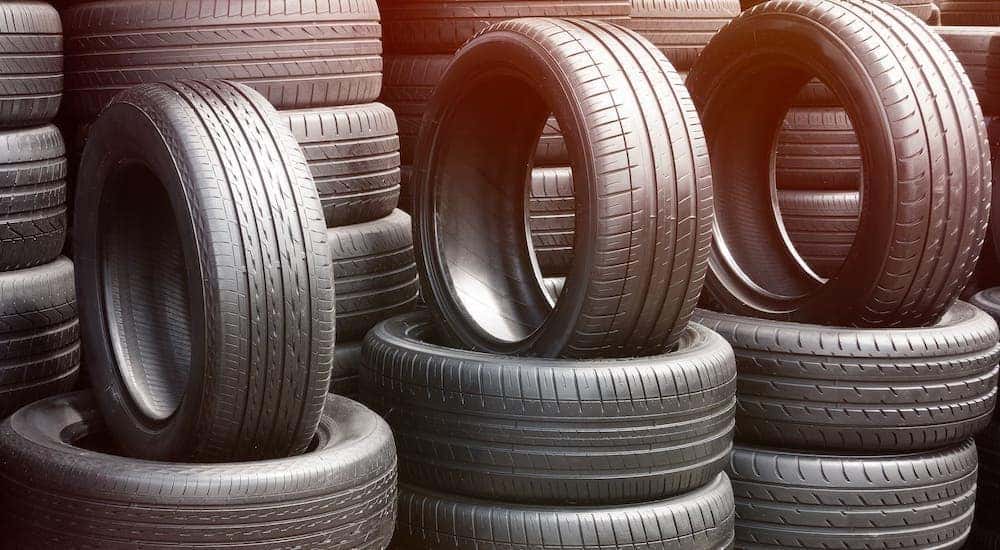Discover Top-Quality Tires Morris IL: Choose the most effective for Your Lorry
Discover Top-Quality Tires Morris IL: Choose the most effective for Your Lorry
Blog Article
Tire Service: Recognizing Tire Pressure Monitoring Solutions
Understanding Tire Pressure Monitoring Solutions (TPMS) is an essential facet of preserving optimal car performance and safety and security on the road. With advancements in automobile technology, TPMS has become a conventional function in contemporary cars, supplying real-time info on tire pressure levels.

Relevance of TPMS
The significance of Tire Pressure Tracking Solutions (TPMS) depends on their capability to enhance vehicle safety and performance through real-time surveillance of tire stress degrees. Preserving the appropriate tire pressure is important for making sure ideal handling, braking, and total security of a vehicle. TPMS gives motorists with instant feedback on any kind of underinflated or overinflated tires, permitting prompt changes to be made.
Parts of TPMS
Comprising numerous vital aspects, a Tire Stress Surveillance System (TPMS) works as an advanced safety feature in contemporary cars. The primary parts of a TPMS consist of sensors, a control module, and a warning indication. Sensing units are normally situated in the tire shutoff stem or connected to the wheel setting up, where they gauge tire pressure and transmit information to the control module. The control module procedures this information and causes a caution if it identifies substantially low stress in any of the tires. The caution indication, often a symbol on the control panel, signals the vehicle driver to examine the damaged tire or tires. Some progressed TPMS versions likewise present the real tire pressure readings for each tire, providing drivers with real-time information to guarantee optimal tire efficiency and safety and security. By monitoring tire pressure continuously, TPMS helps prevent crashes, lowers tire wear, and enhances fuel efficiency, making it a crucial part for car safety and security and efficiency.
Kinds of TPMS

On the other hand, indirect TPMS depends on the automobile's wheel rate sensing units to monitor tire pressure. This system discovers underinflation by contrasting the rotational rates of the wheels. Indirect TPMS is much less pricey than straight TPMS, as it makes use of existing sensing units within the vehicle.
While direct TPMS provides a lot more precise analyses, indirect TPMS is easier in style and commonly calls for less maintenance. Both systems have their advantages and constraints, and the selection between them commonly depends on aspects such as price, car make, and personal preference. Recognizing the differences in between these 2 kinds of TPMS can help lorry proprietors make informed decisions concerning tire upkeep and safety.
TPMS Maintenance Tips
Conduct routine checks on the tire pressure degrees and contrast them with the TPMS analyses to guarantee they are regular. Throughout tire turning or replacement, make sure that the TPMS elements are managed meticulously to prevent any prospective damages. If the TPMS advising light illuminates on the dashboard, resolve the concern promptly by checking the tire stress and the total system for any faults.
Advantages of Appropriate Tire Stress
Maintaining appropriate tire stress, as emphasized in TPMS Maintenance learn the facts here now Tips, is vital for gaining the numerous benefits associated with optimal tire stress levels. One of the key benefits of preserving the correct tire pressure is improved fuel effectiveness. When tires are effectively blown up, there is much less rolling resistance, resulting in better gas economic situation. Furthermore, appropriate tire pressure makes certain also tire wear, prolonging the lifespan of the tires and advertising more secure driving conditions. With the right tire stress, automobiles likewise have better handling and grip, particularly in unfavorable weather. This can boost general driving performance and safety for the chauffeur and passengers. Furthermore, keeping optimum tire pressure can contribute to a smoother and extra comfortable ride by reducing resonances and sound created by underinflated tires. In verdict, the benefits of correct tire pressure surpass simply tire durability; they incorporate improved gas efficiency, boosted safety, much better vehicle performance, and total driving comfort.
Conclusion
Finally, comprehending tire pressure monitoring systems (TPMS) is vital for keeping optimal tire pressure and guaranteeing automobile safety and security. By identifying the importance of TPMS, recognizing with its components, understanding the various kinds readily available, sticking to correct maintenance suggestions, and understanding the benefits of preserving proper tire pressure, chauffeurs can enhance their driving experience and lengthen the lifespan of their tires. Appropriate tire stress is vital to safe and efficient vehicle operation.

Report this page